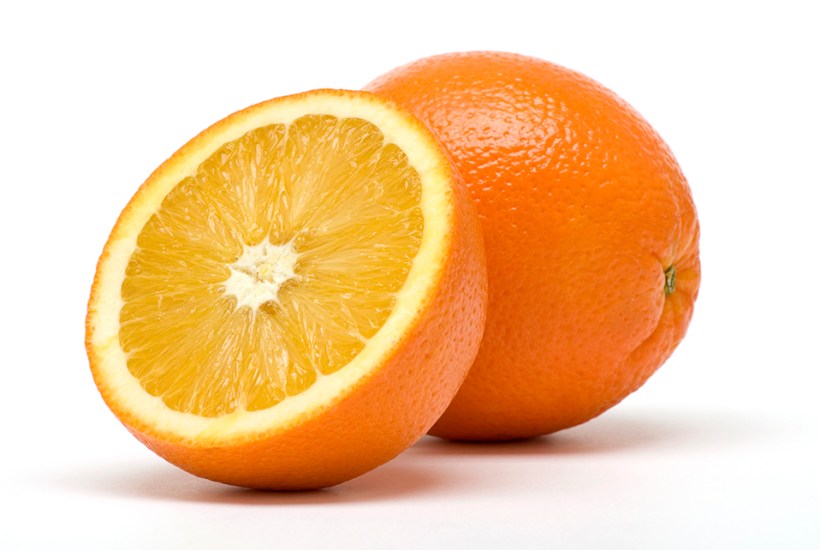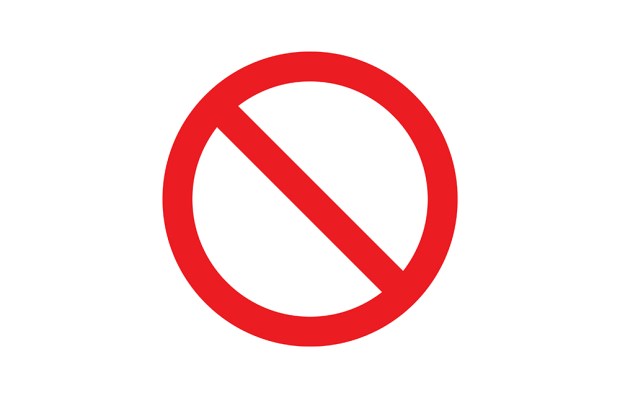‘Jersey Royals are easy-peelers and I don’t fancy one in my stocking,’ said my husband, lapsing into sense.
I had been complaining about supermarkets labelling all little orange citrus fruits ‘easy-peelers’. We have called oranges oranges since the 14th century. The bitter orange became known as the Seville orange. Both Thomas Nashe and Shakespeare joked at the end of the 16th century about being civil like an orange.
In contrast, the sweet kind was known as a China orange. Pepys was pleased to get hold of some China oranges in March 1666, but by the days of the racehorse Eclipse (foaled during the solar eclipse of 1764 and living till 1789), this fruit came proverbially in betting terms to stand for something of small worth, as in ‘All Lombard Street to a China orange’. I don’t think anyone says that now, though they might recognise the saying.
Among China oranges, tangerines turned up in the 1840s; satsumas, from Japan, in the 1880s. The clementine came to notice in the 1920s as an accidental hybrid of tangerine and Seville orange. Nadorcott was a chance cross-pollination in 1982 of an unknown variety with the Murcott clementine, and Tangold is apparently derived from mildly irradiated budwood of a Nadorcott tree and thus seedless.
Back in Eclipse’s day, a Swedish botanist, Pehr Osbeck, went to China botanising and came back with the description of an orange he called in Swedish mandarin. His work was translated into English in 1771 and the mandarin orange was born. Mandarin, in the original sense of ‘a Chinese official’, has a zigzag etymology, coming to us from Portuguese mandarim, taken from the Malay menteri ‘functionary’, itself derived from mantri, ‘counsellor’, in Sanskrit (an Indo-European language like ours).
A characteristic of the mandarin orange was its easily detached peel. This kind was called in the China of Osbeck’s time gām. So perhaps easy-peeler is not such a bad designation after all. Unless you prefer to keep gām and carry on.
The post When did oranges become ‘easy-peelers’? appeared first on The Spectator.
Got something to add? Join the discussion and comment below.
Get 10 issues for just $10
Subscribe to The Spectator Australia today for the next 10 magazine issues, plus full online access, for just $10.
You might disagree with half of it, but you’ll enjoy reading all of it. Try your first month for free, then just $2 a week for the remainder of your first year.















Comments
Don't miss out
Join the conversation with other Spectator Australia readers. Subscribe to leave a comment.
SUBSCRIBEAlready a subscriber? Log in